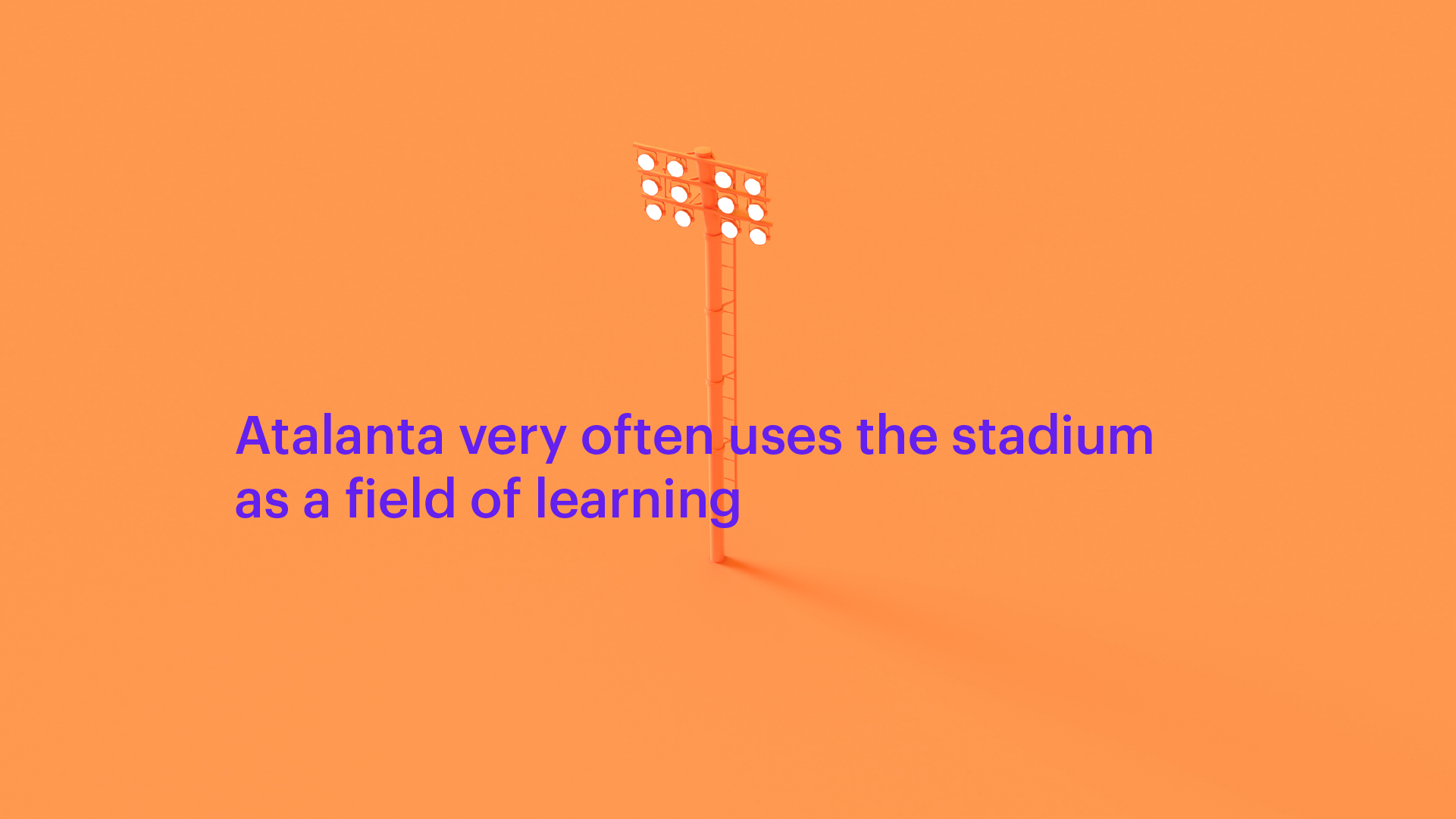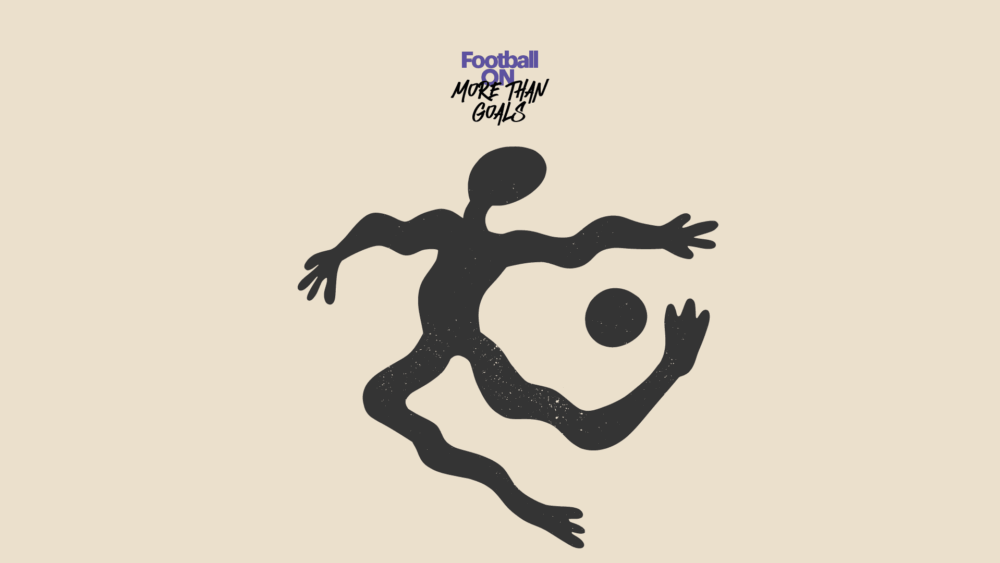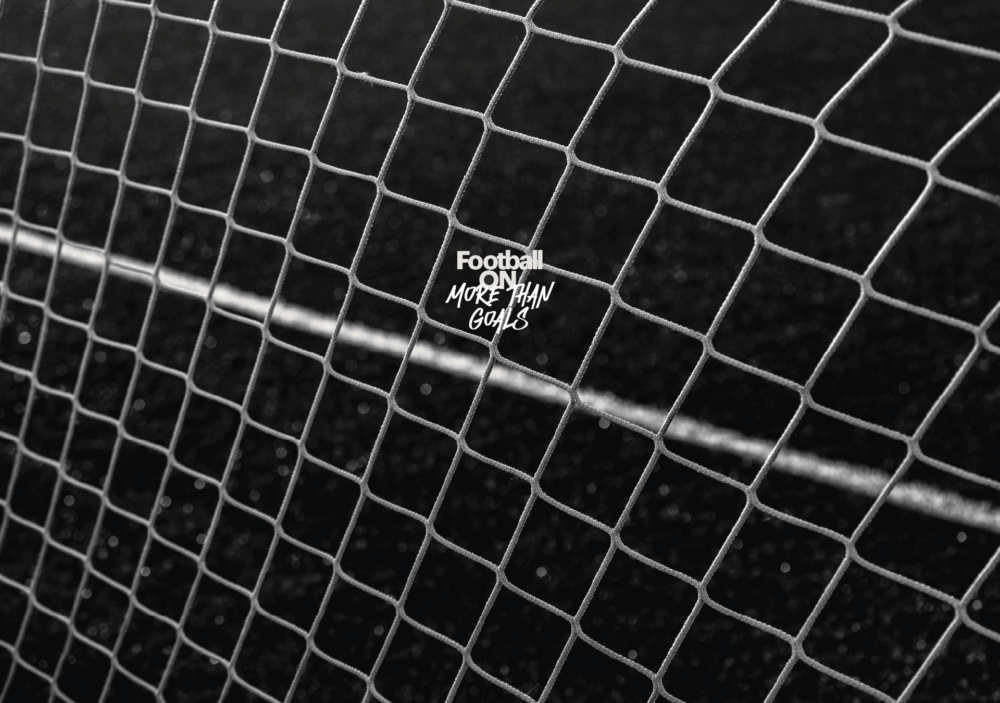
Argyro Elisavet Manoli: “Atalanta very often uses the stadium as a field of learning”
Argyro Elisavet Manoli is an associate professor of Marketing and Business Administration at the University of Bergamo. She participates in the ETERON project FootballON: More Than Goals, talking about the role of marketing in modern football, the evolution of the sport as an entertainment product and the relationship between football players and social media.
How can football clubs use marketing to promote aspects of social and environmental sustainability, such as gender equality, reducing the carbon footprint or social inclusion? What specific examples of football teams could we mention?
Many teams abroad do it. We have seen from Greek teams that there are efforts, perhaps in a more embryonic stage, but they exist in any case. There are also similar initiatives in smaller leagues, such as in England, for example, not only in the Premier League but also in the Championship and in smaller leagues. The most typical example we use when talking about environmental sustainability is that of Forest Green Rovers, which plays in the National League, a team whose identity is based primarily on environmental sustainability policies.
There are also clubs that have made previous efforts, such as Norwich, which had an entire program on gender-based violence, almost 20 years ago. Perhaps they have not received much publicity and such initiatives may have been more sporadic, while today we see more structured actions as part of a team’s broader strategy. The pressure from UEFA is greater, every football federation must now have a position responsible for Corporate Social Responsibility (CSR), then someone responsible for environmental sustainability policies, the European Union (EU) for its part has set rules, is pushing in the same direction and consequently the appropriate environment is created for what we mentioned above, to develop more actively similar actions.
Since you live and work in Italy, what is the image you have gathered from Italian football? Which team is doing a good job in the above issues?
There is action from the teams, I would say more in the social than in the environmental field. Atalanta, for example, has developed very interesting social actions, the club very often uses the stadium as a school, as a learning field, it has developed close ties with the local community. At the same time, the Italian Football Federation (Federazione Italiana Giuoco Calcio – FIGC) is shaping the framework to pressure teams to act more organized and effectively in the field of addressing gender-based violence, but also on issues related to the environment.
How does the presence of football players on social media affect the fans’ perceptions of the players themselves and the clubs in general? What are the positive and negative elements of such a promotion?
We have conducted a relevant study, with an emphasis on female athletes, all of whom play in Serie A, and the main conclusion that emerges is that social media enables athletes to strengthen their personal brand. I consciously separate the athlete’s persona from the brand, that is, from what the athlete puts out, from their professional image, because they are two different situations. The greatest benefit from this promotion concerns the athletes themselves, it helps them create greater value, attract more sponsors and be more visible for the benefit of their careers.
The profits for the team are also significant and vary depending on the brand of the athlete. In extreme cases, such as Cristiano Ronaldo, for example, who moves to a team that does not have a large online audience and many followers on social media, the impact is great. But even when he went to Juventus, many people followed him, with the Italian club benefiting.
What about female footballers? What is the situation there?
According to our research, we can say that people see them more as very beautiful women than as athletes. Regardless of whether they post concerns about their personal or collective successes in the sport, the public’s impressions remain, how should I put it, limited. There is of course a dynamic that did not exist before and if we want to talk about the power of sports as a social good, theoretically this power acquires more ways to promote its message. That is, if a team carries out a social action, the team itself and the players individually promote it, then everyone benefits. But how many of these actions remain in the world and which are the ones that ultimately benefit the sports audience, we do not have data to evaluate these questions, we do not have quantitative data to measure them accurately, to say that, yes, scientifically it has been proven that this or that is true.
How is football evolving today as an entertainment product? What marketing strategies do clubs use to attract new fans and increase their revenue?
Generally speaking, there are four main sources of income in professional sports: television rights, sponsorships, tickets and merchandise. What we know so far is that attempts are being made to strengthen these four sources, rather than creating new ones. We see actions that emphasize the history and symbolism of the teams, elements that the teams try to pass on to the younger generations, something like a “tradition”; your dad will take you to the stadium, so you will follow the same team or at school you will connect with your classmates because you all talk about the same team, so through social friction the connection and relationship with the club is “built”.
To that end, a very interesting initiative comes from Atalanta, a policy that the club has adopted for years: Every time a child is born in one of the two main hospitals in Bergamo, a team T-shirt is delivered to the mother’s room as a gift for the newborn baby – a move that I personally consider excellent in terms of public relations – along with a relevant information leaflet for parents about the age at which the team’s academies start to register their child. The cost of such a move is not large for the club, but the effect it leaves behind is certainly huge, as it creates the next generation of fans.
Also, in terms of the evolution of football as an entertainment product, there are also fan tokens to attract the younger generation who do not sit for 90 minutes in front of the television or laptop to watch the match, as well as the game experience, which in turn contributes to maintaining interest in football via other, parallel ways.
In what you say about games and parallel actions to maintain the interest of mainly younger fans, what is the biggest risk for football? How will the fan experience be constantly enhanced so that interest does not eventually wane?
This is a debate that has existed for a very long time, because this is everyone’s fear, that the audience gets bored. As academics, we often talk about triple screen consumption, when someone has three screens open in front of them at the same time, that is, when the match is being played on TV, we are playing on our mobile phone at the same time and we also have our tablet open and are doing something else. All of this at the same time.
There are constant attempts to create something else interesting, but not so much in football as in the American NFL. A typical example was when the nickelodeon network, which for some reason had the television rights to broadcast the sport, appeared “Dora the Explorer” and presented the rules of rugby, a move that for a 10-year-old child, who will probably be the future fan of the sport and a supporter of a certain team, may be interesting. Augmented reality (AR) has also been introduced in baseball, where you can scan with your mobile phone and get data to draw your attention, to enhance the experience of watching the game outside the stadium; there are such actions in various sports. Half-time entertainment has also been tried at half-time of races; we did it in Middlesbrough many years ago, where an artist comes to keep the audience “warm”, which in this case works more on the pitch than off the pitch.
In a similar study we conducted for Formula 1 for the sprint race type, which was created for this reason, to attract more people than the traditional Grand Prix, to excite the younger crowd, the result was that in the end the participants of the study, mainly aged 19-24, were not more excited. Let’s keep this as an element, as we may think that people are bored and looking for new experiences, but what was tried did not have the desired results.




